Photos: British Warships from WWI and WWII Discovered Near Norway
A century passed
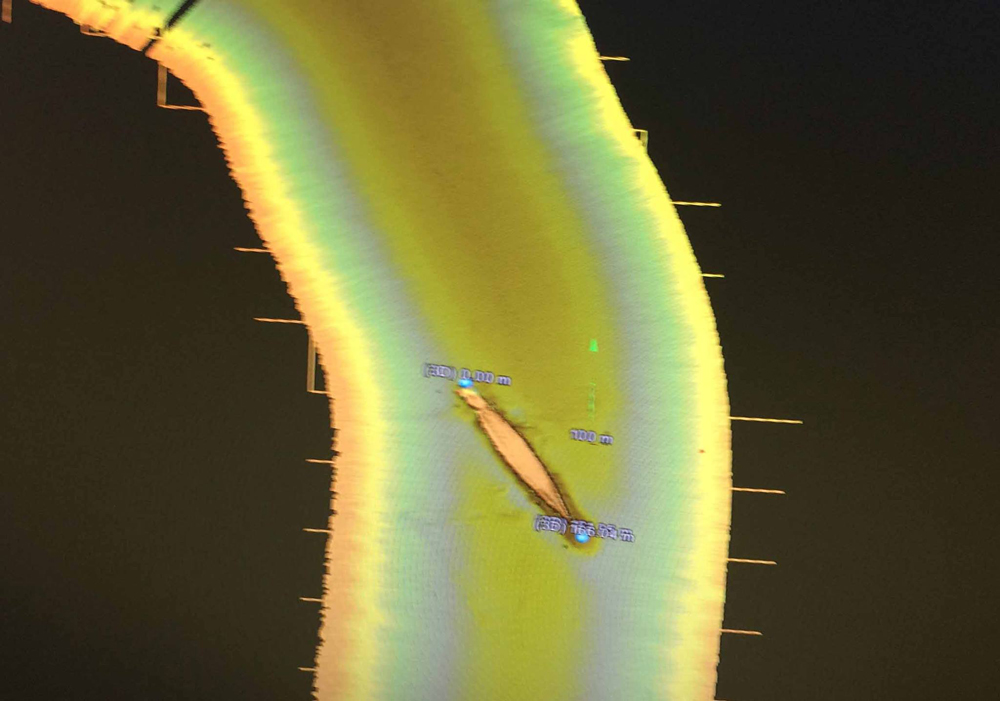
A marine survey team located the wreck of the British warship HMS Warrior in Norwegian waters, 100 years after it sank from damage suffered during the Battle of Jutland in 1916.
The wreck is the last to be found out of a total of 25 ships sunk at the Battle of Jutland, the largest naval battle of World War I. [Read full story about the shipwreck's discovery]
HMS Warrior
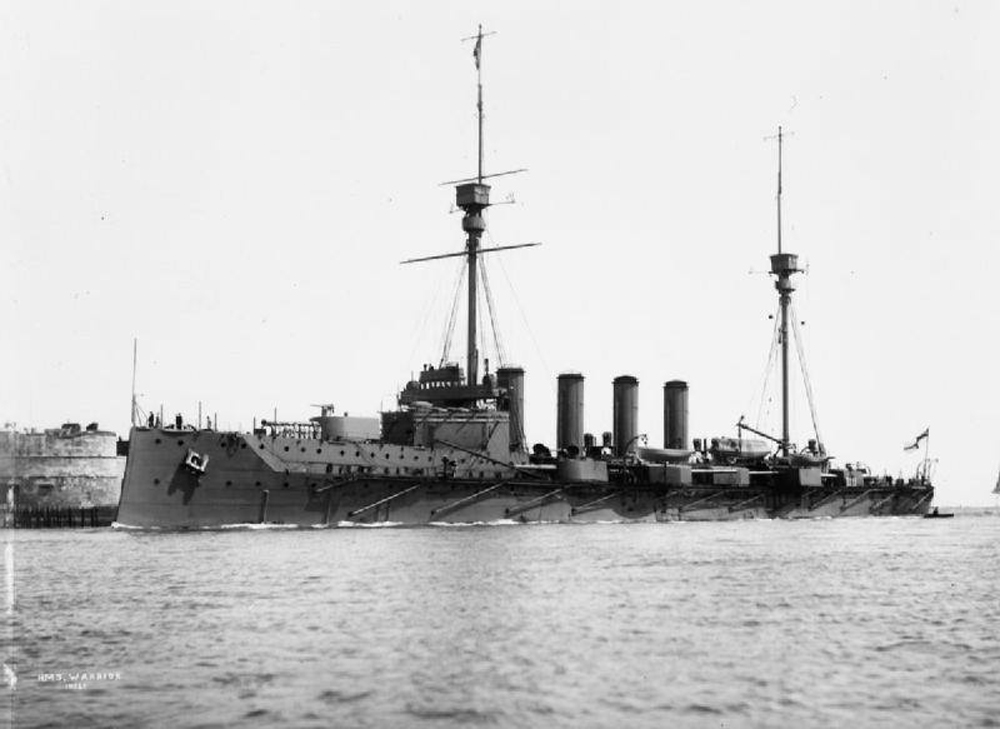
The HMS Warrior was one of 151 British warships in the North Sea on May 31 and June 1, 1916, when a German fleet of 99 warships attempted to break out from the British naval blockade of the German coast.
The enemy fleets met between the coast of Norway and Denmark's Jutland peninsula, which gave the battle its name.
Lots of history
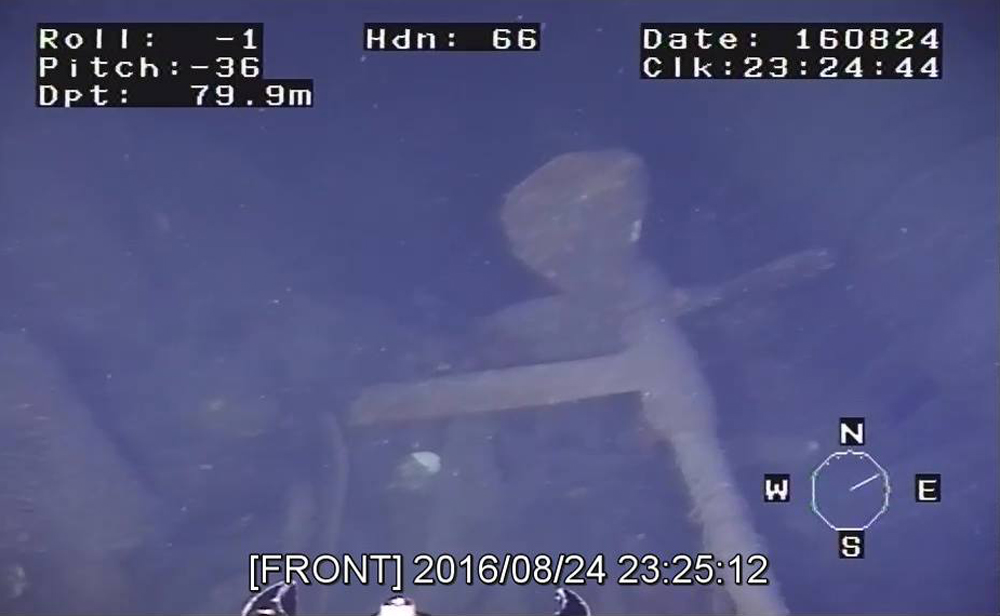
Marine archeologist Innes McCartney, a member the team that found the HMS Warrior wreck, said it is the most intact of the 25 wrecks from the Battle of Jutland located in the marine survey.
One of the ship's bronze side propellers can be seen in this image from the cameras of a remotely operated underwater vehicle (ROV) exploring the wreck.
A heroic try
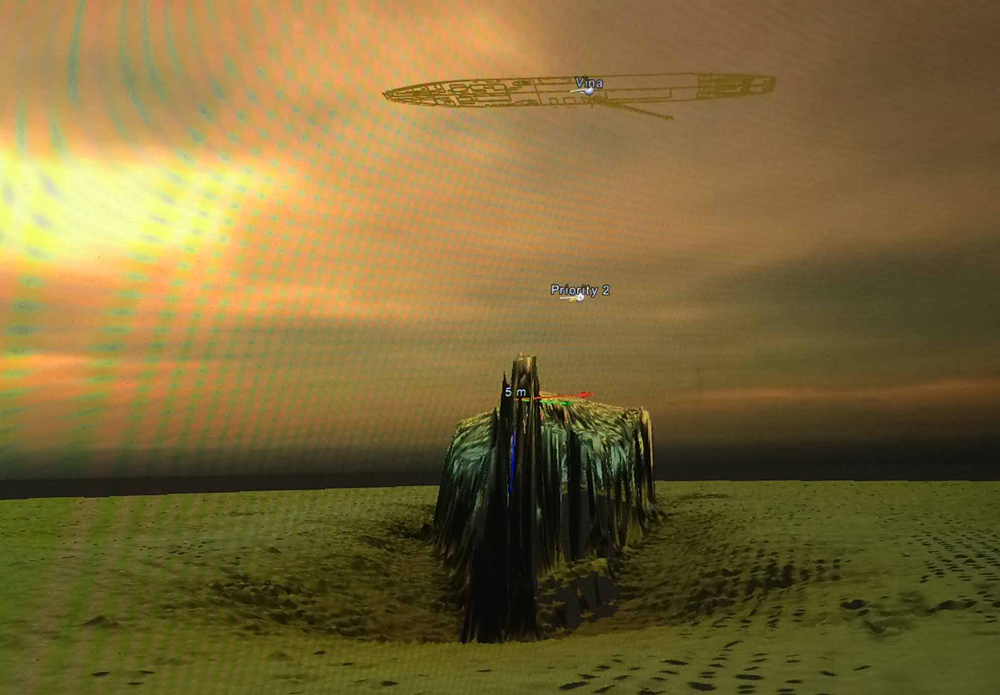
The Warrior was heavily damaged by gunfire from a German cruiser during the battle, but it attempted to return to Britain. It was abandoned by the surviving crew when it began to fill with water on the return journey.
The final location of the wreck was unknown for 100 years, until it was discovered on Aug. 24 by a marine survey team from the United Kingdom and Denmark.
Another discovery
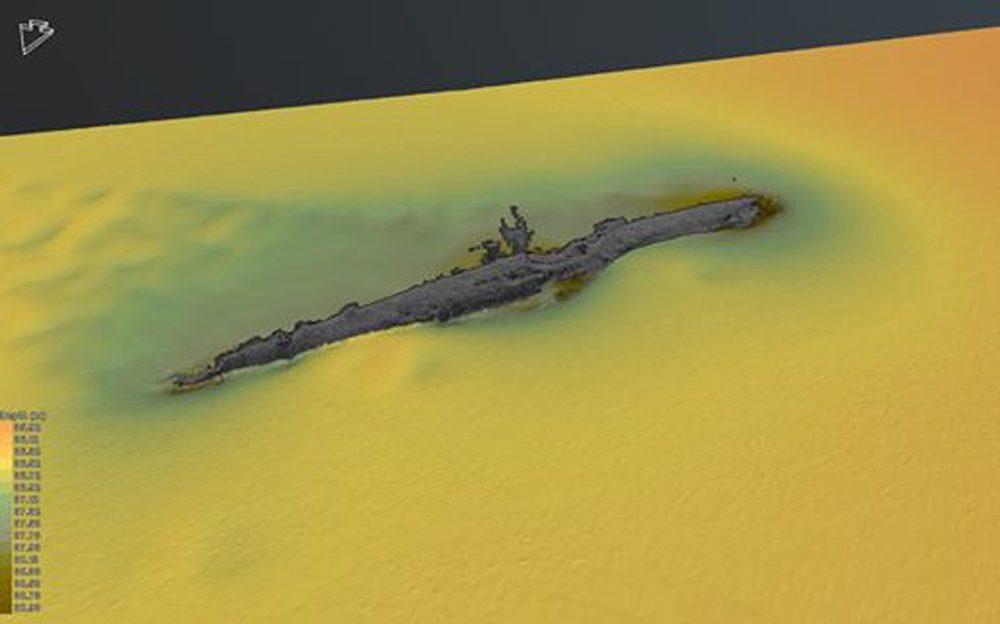
In March, McCartney and the team discovered the wreck of a World War II-era British submarine, the HMS Tarpon, while carrying out their survey of the Battle of Jutland wreck sites.
The wreck is now lying almost upright on the seabed, in about 130 feet (40 meters) of water, about 50 miles (80 kilometers) off the coast of Denmark.
HMS Tarpon
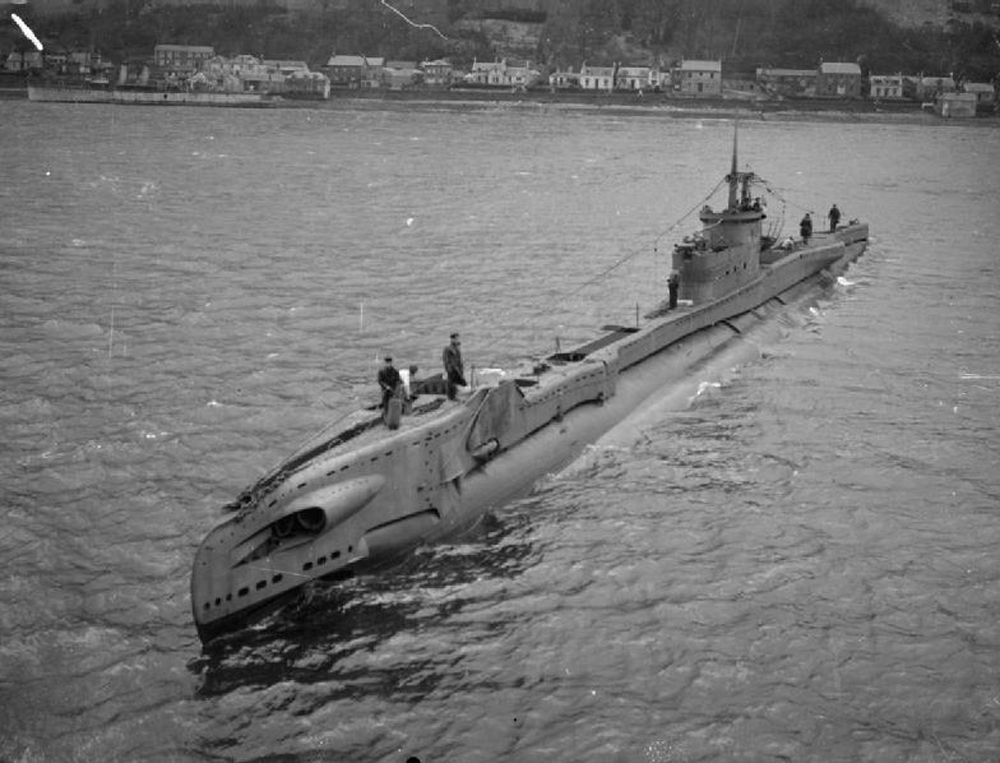
The Tarpon sank in the North Sea in April 1940, with more than 50 crewmembers on board, after a battle with an armed German merchant ship heading for occupied Norway.
According to German records, the British submarine fired two torpedoes at the ship, but both shots missed.
The German ship then spotted the submarine's periscope on the surface, and dropped several depth charges to sink it.
Significant damage
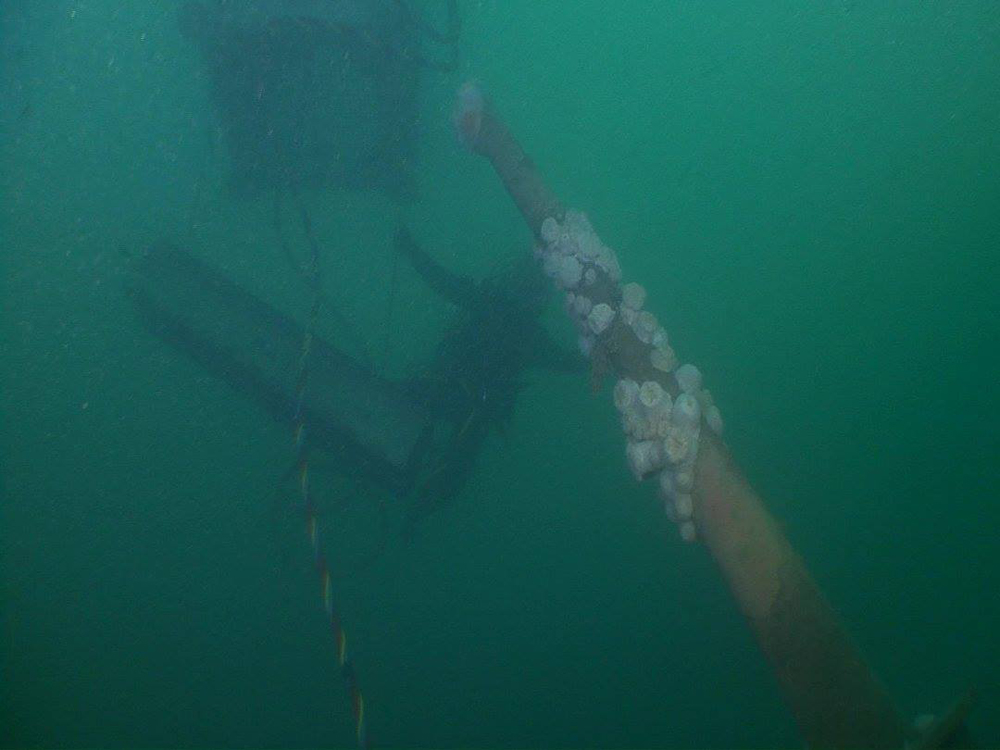
McCartney said the wreck shows signs of extensive damage from the depth charge explosions, including a large rent in the hull behind the conning tower that would have flooded the vessel in seconds.
This image shows a diver moving onto the submarine wreck, from a "wet bell" suspended from the survey ship Vina.
Sign up for the Live Science daily newsletter now
Get the world’s most fascinating discoveries delivered straight to your inbox.
Illegal operations
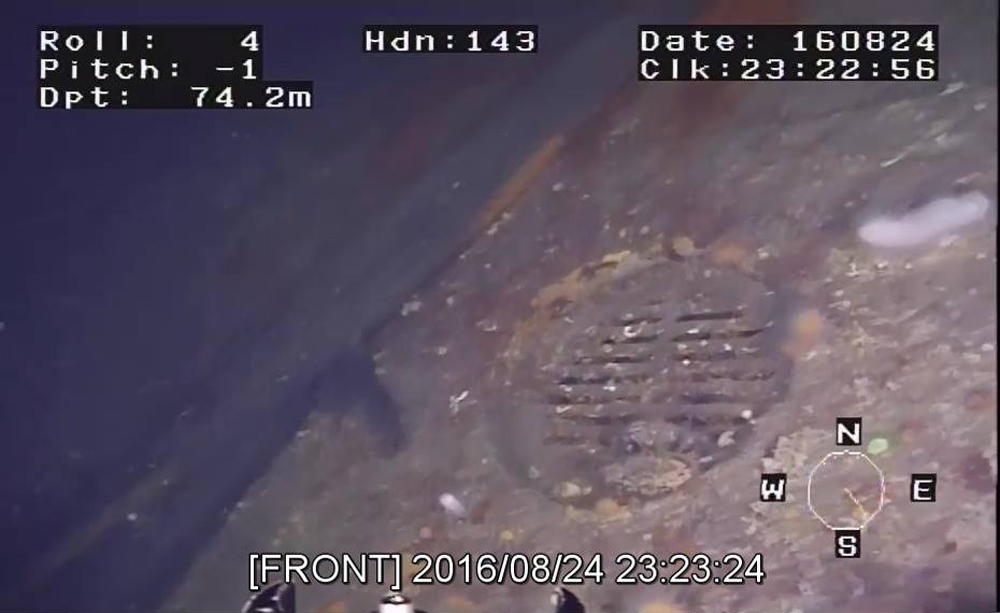
Although the Battle of Jutland wrecks and other wartime shipwrecks are legally protected from salvage as "war graves," McCartney said that many of the wrecks in the area have already been broken open and plundered for valuable metals, like bronze, by illegal salvage operators.
The wreck of the HMS Warrior, however, is so far untouched by scavengers, and the survey team said it will protect it by keeping the exact location secret.
Safe and secure
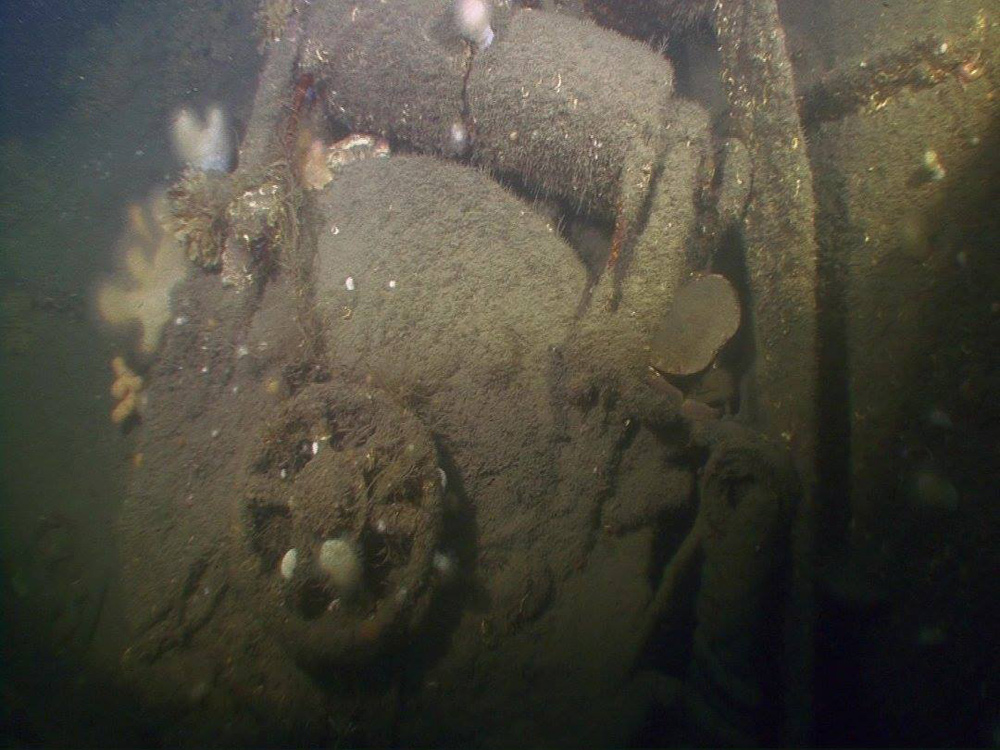
Like the wreck of the HMS Warrior, the wreck of the HMS Tarpon has so far escaped being plundered by illegal salvage operators, and the exact location will be kept a secret to protect it.
This image shows the hatch of the engine room on the HMS Tarpon, still shut but badly damaged.
Tom Metcalfe is a freelance journalist and regular Live Science contributor who is based in London in the United Kingdom. Tom writes mainly about science, space, archaeology, the Earth and the oceans. He has also written for the BBC, NBC News, National Geographic, Scientific American, Air & Space, and many others.










